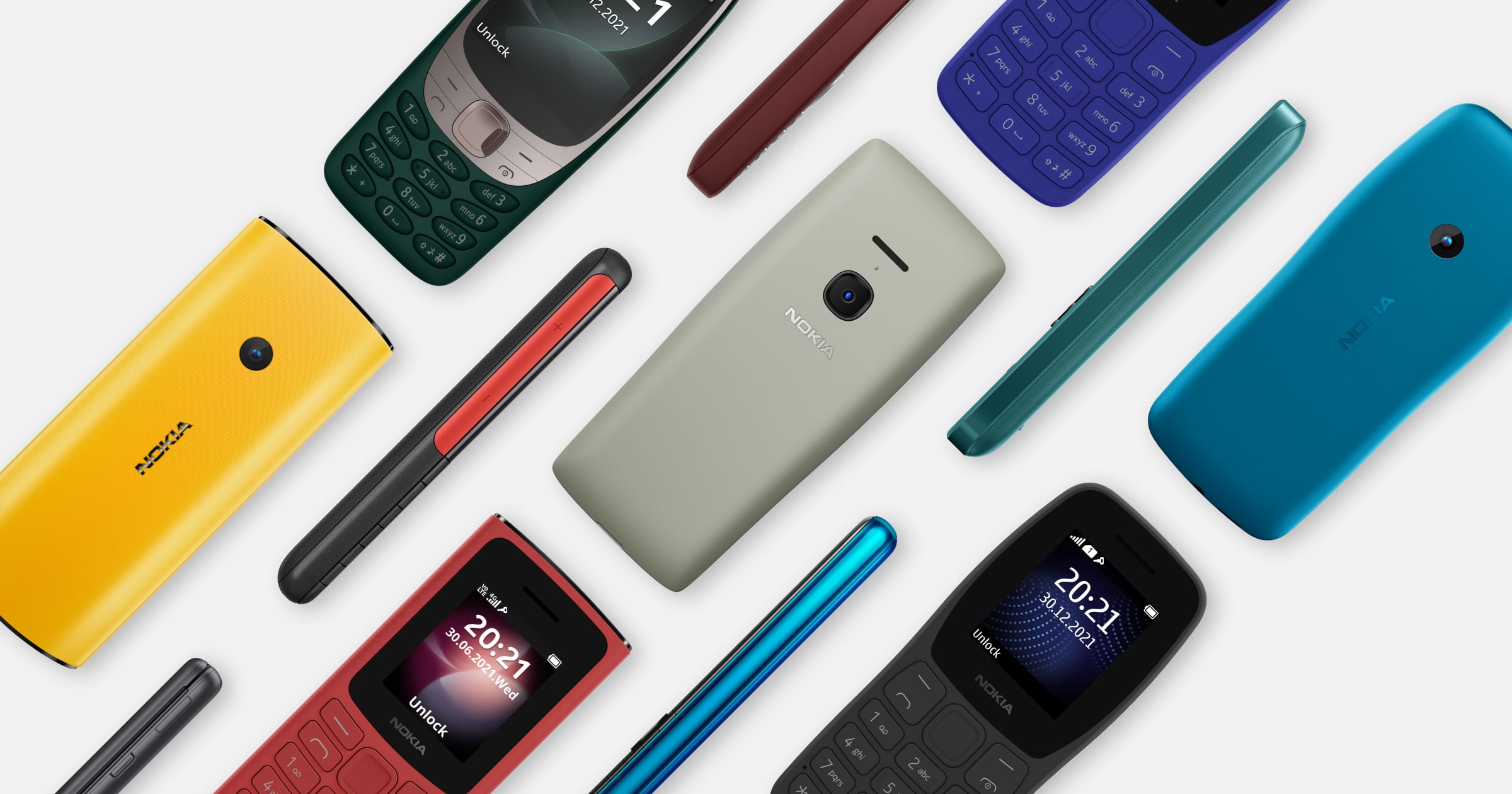
Introduction
In the vast world of smartphones, Android devices have become a staple for many users. However, for those concerned about privacy, geopolitical issues, or simply looking for alternatives, non-China Android phones offer a compelling option. This article delves into the world of non-China Android phones, highlighting key brands, their unique offerings, and essential considerations for making an informed purchase.
Overview of Non-China Android Phones
Non-China Android phones offer a range of benefits, including robust privacy features, high-quality hardware, and diverse software experiences. Here’s a brief overview of the key brands:
Samsung Galaxy Series
- Display: High-quality AMOLED screens with vibrant colors and deep blacks.
- Camera: Excellent photo and video capabilities with advanced features like optical zoom and portrait mode.
- Software: One UI offers a clean, user-friendly experience with regular updates.
Cons:
- Price: Can be expensive, especially the flagship models.
- Bloatware: Pre-installed apps that can't be removed might clutter the home screen.
Alternatives:
- OnePlus: Offers similar performance at a lower price point, making it an attractive alternative for budget-conscious buyers.
Google Pixel Series
- Camera: Superior photo quality, especially in low light conditions.
- Software: Pure Android experience with timely updates.
- Integration: Seamless Google service integration enhances the overall user experience.
Cons:
- Battery Life: Often shorter compared to competitors.
- Storage: Limited options without expandable storage.
Alternatives:
- Motorola: Provides a clean Android experience with better battery life, making it an excellent alternative for those who value longevity.
Sony Xperia Series
- Display: 4K HDR screens for stunning visuals.
- Audio: High-resolution audio support for an enhanced listening experience.
- Build: Sleek, premium design that exudes quality.
Cons:
- Availability: Limited market presence in some regions.
- Price: Higher cost for premium features.
Alternatives:
- LG: Offers high-quality audio and display features at a more affordable price point.
Nokia Phones
- Software: Stock Android with regular updates ensures a clean interface.
- Build: Durable and reliable construction that withstands daily wear and tear.
- Price: Affordable options available without compromising on quality.
Cons:
- Performance: Mid-range specs may not satisfy power users.
- Camera: Not as advanced as competitors.
Alternatives:
- Motorola: Similar price points with better performance make it an attractive alternative for those seeking more power.
Compatibility and Requirements
To ensure your device supports the features and functionalities of non-China Android phones, check several key requirements:
Operating System
- Android 10 or higher is necessary. Older versions may not support the latest features and security updates.
RAM
- At least 4GB of RAM is necessary for smooth performance. Devices with less memory might experience lag.
Storage
- Ensure at least 64GB of internal storage. This is crucial for multimedia consumption or storing large files.
Processor
- A Snapdragon 730 or equivalent processor is recommended. Weaker processors might struggle with demanding tasks.
Screen Resolution
- A minimum resolution of 1080p ensures clear visuals. Lower resolutions could distort visuals, affecting the overall user experience.
Battery
- Devices should have a battery capacity of at least 3000mAh to handle the power demands of modern smartphones.
Connectivity
- Wi-Fi 5 (802.11ac) or better is required for optimal performance. Slower connections might cause issues with data transfer and online services.
Bluetooth
- Version 5.0 or higher ensures compatibility with peripheral devices like headphones and speakers.
Camera
- A 12MP camera or better is ideal for photography. High-resolution cameras provide better image quality and more advanced features.
Sensors
- Ensure your device has a gyroscope and accelerometer for full functionality. These sensors are crucial for motion-based features like gaming and fitness tracking.
Choosing Non-China Android Phones
Non-China Android phones offer solid alternatives for those concerned about privacy or geopolitical issues. Brands like Samsung, Google, Sony, and Nokia provide robust options that cater to different needs and budgets. Here are some tips to help you choose the right device:
Define Your Needs
- Determine what features are most important. If photography is a priority, consider the Google Pixel series or Samsung Galaxy series. For media consumption, Sony Xperia might be the best choice.
Check Compatibility
- Ensure your device meets the minimum requirements mentioned earlier. This includes the operating system version, RAM, storage capacity, processor speed, screen resolution, battery capacity, connectivity options like Wi-Fi and Bluetooth versions, and camera resolution.
Read Reviews
- User reviews and expert opinions can provide valuable insights into real-world performance. Websites like Cellular Insider offer detailed reviews that highlight both pros and cons of each device.
Consider Privacy
- If privacy is a concern, look into devices that offer robust security features. Brands like Samsung and Google prioritize user privacy through regular updates and secure software practices.
Evaluate Build Quality
- Assess the build quality of the device. Brands like Nokia are known for their durable construction while Sony focuses on sleek designs.
Compare Prices
- Prices can vary significantly between brands and models. Set a budget before making a purchase to ensure you get the best value for your money.
Non-China Android phones offer a diverse range of options that cater to different user needs and preferences. By understanding the unique offerings of each brand—Samsung’s high-quality displays and cameras, Google’s pure Android experience, Sony’s premium designs and audio capabilities, and Nokia’s durable construction and affordability—you can make an informed decision when choosing your next smartphone.
Whether prioritizing photography, media consumption, or simply wanting a reliable device with robust privacy features, there’s a non-China Android phone out there for everyone. By following these guidelines and considering your specific requirements, you can find the perfect device that meets all your needs without compromising on quality or functionality.
